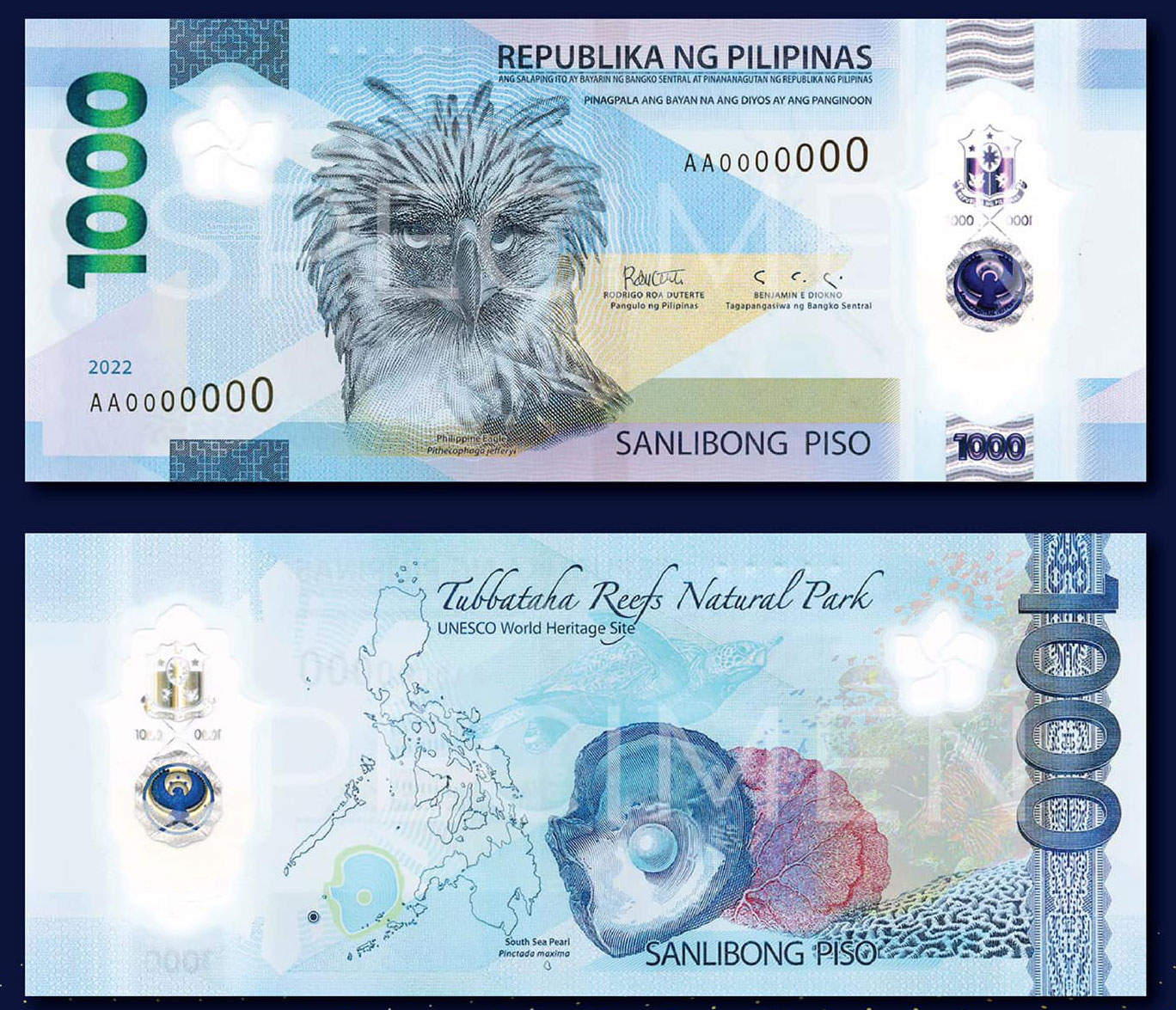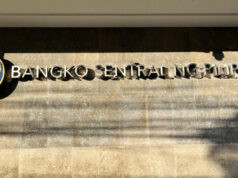Pilot circulation of P1000 polymer banknotes eyed within Q2

THE BANGKO Sentral ng Pilipinas (BSP) is set to begin the pilot circulation of polymer banknotes in the 1000-piso denomination within the second quarter, with full issuance to the public targeted by 2023.
President Rodrigo R. Duterte was formally presented with the 1000-piso polymer banknotes on Wednesday night, based on a live coverage posted by the state media on Facebook.
Citing the BSP, the state media said the first batch of the polymer banknotes from Australia is scheduled to arrive in the country this month.
It said the BSP and the Reserve Bank of Australia, and its subsidiary Note Printing Australia, reached an agreement for the production of the plastic-based banknotes.
“It will begin circulating in mid-2022 together with the paper banknotes,” it added.
In its 2021 annual report, the BSP has said a memorandum of agreement was being drafted to clarify the guidelines for the trial run which will cover 10 million pieces of the polymer banknotes.
“The deal will cover matters such as polymer familiarization by client banks’ personnel and calibration of existing cash processing machines, vending machines, automated teller machines, bills acceptors, and other similar devices for compatibility with polymer banknotes,” the central bank said.
The limited circulation test will be done to assess if the benefits seen in polymer bills of other central banks will hold true in the Philippines.
“The test will help us determine the effects of polymerization on hygiene and public health, environmental sustainability, as well as the lifespan, durability, and counterfeiting rates of our money,” the BSP said.
During the trial run, the polymer bills will be circulated alongside the current notes. The public issuance of polymer banknotes in 1000-piso denomination is targeted by next year.
The polymer banknotes will bear the image of a Philippine eagle on the front side, which is a departure from the current notes that feature World War II heroes Jose Abad Santos, Vicente Lim, Josefa Llanes Escoda. When the design was unveiled in December, various organizations and lawmakers criticized the removal of national heroes from the banknotes, saying it could further deepen the historical revisionism already happening in the country.
The central bank also said it is looking at how limited testing circulation of these polymer banknotes could impact the domestic abaca industry as abaca has been used for banknotes since 2001.
Polymer bills are deemed to be more durable as they can last 2.5 to four times compared with paper money, and are also water and dirt-resistant, the central bank said.
This is the second attempt of the government to introduce bills made of plastic-based materials, which it believes could address the rapid deterioration of abaca-based bills.
The earlier attempt was set aside due to complaints that the plastic-based money looked “inauthentic”. — Luz Wendy T. Noble and Kyle Aristophere T. Atienza



